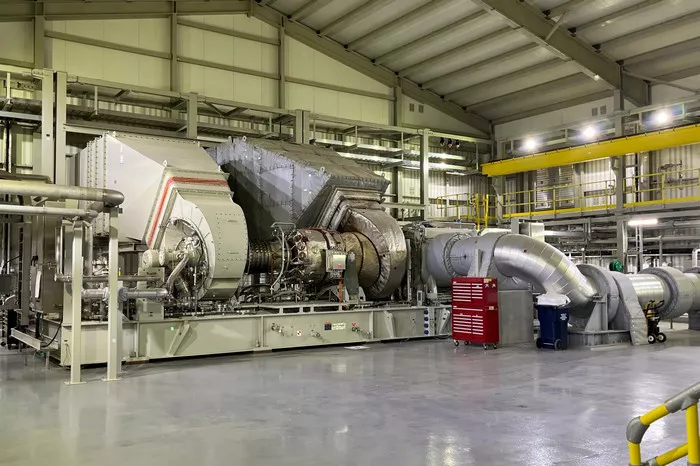Technological upgrades in the midstream sector are delivering both environmental and operational benefits, with companies like Williams leading the way in reducing emissions while boosting efficiency.
Speaking to Hart Energy, Mark Gebbia, Vice President of Environmental, Regulatory and Permitting at Williams, highlighted the company’s progress under its Emissions Reduction Program (ERP). A key component of the initiative involves replacing aging compression units with modern turbines and electric motor drive engines.
“We’ve done a lot of work to put the ERP program together,” Gebbia said. “We’ve replaced 112 compression units, and 92 of those were done in 2024.”
The upgrades not only involve switching from high-emission reciprocating engines but also include the installation of seal vent capture systems, which help significantly cut methane emissions.
Major Emissions Cuts at Virginia Facility
A standout example of the program’s success is Station 165 in southern Virginia, part of Williams’ Transco pipeline network.
“It was amazing,” Gebbia said. “We replaced 10 stand-alone reciprocating engines with one single block of turbine horsepower. Nitrogen oxide (NOx) emissions were reduced by about 98%, and methane reductions were also significant.”
In addition to reducing emissions, the facility’s physical footprint has also been minimized. According to Gebbia, methane intensity—the amount of methane released per unit of energy produced—dropped by 60%.
Efficiency and Reliability Gains
Beyond environmental improvements, Williams expects the ERP upgrades to deliver increased reliability and reduced equipment downtime for customers.
As the midstream sector faces growing pressure to reduce its climate impact, Williams’ ERP initiative demonstrates how targeted technological upgrades can support both sustainability goals and operational efficiency.
Related topics:

